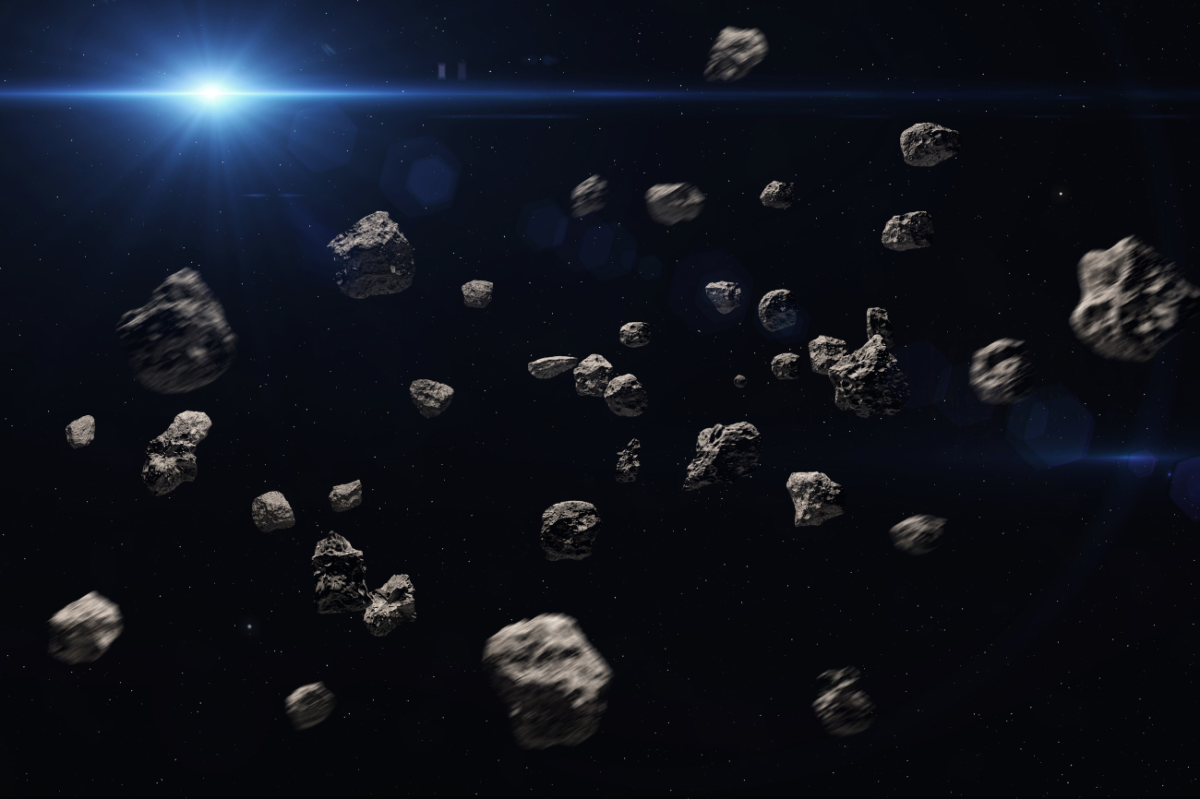Scientists Predict Next 1,000 Years of Asteroid Impacts — Are We Safe?
Posted on Categories Discover Magazine

In its 3.7-billion-year history on Earth, life has had a few setbacks.
As far as we know, there have been five major extinction events where a significant percentage of species were wiped out of existence. Several things can cause such a dramatic destabilization of Earth’s life cycles, including super-volcanic eruptions, ice ages and pandemics.
However, another mechanism by which life faces existential threat is, of course, gigantic asteroid impacts. And when it comes to these rocks plunging into the surface of the planet we call home, a new evolutionary defense has emerged: human technology.
For the first time in history, a single species can identify such threats and deploy technology to either steer objects away from Earth or annihilate them before they reach us.
In fact, a group of astronomers have been keeping close tabs on large, near-Earth objects — and have projected their movements over the next 1,000 years to determine whether any have a significant chance of veering off into our oasis in the solar system.
Read More: Tsunami From Dinosaur-Killing Asteroid Hit Coastlines All Around The World
Is There Danger Ahead From Asteroid Impacts?
“We usually analyze the risk of possible impact for known asteroids over the next 100 years,” says Ryan Park of the Jet Propulsion Laboratory in California.
But in a new paper, he and his colleagues studied the impact hazards for asteroids larger than a kilometer over a much longer term. Impacts of this size could potentially cause damage on a global scale.
Most of the asteroids that the researchers identified are in the main belt between the orbits of Mars and Jupiter, which is quite far from Earth. Some asteroids, however, orbit through the inner solar system and can sometimes pass closer to Earth.
Astronomers call these, the ones that approach within 1.3 astronomical units of the sun, near-Earth asteroids.
“We were able to rule out the possibility of an impact for a large fraction of km-sized near-Earth asteroids,” Park says, adding that they also ranked the remaining objects in terms of their intrinsic, long-term impact risk. “The ranking allows the identification of the ones that should be prioritized for tracking over the more distant future.”
Read More: Asteroid Impacts Could Have Warmed Ancient Mars
How Do Scientists Predict Asteroids?
So, how do researchers spot these asteroids in the first place? “Asteroids are discovered as sources of light in the night sky moving relative to background stars,” Park says.
Predicting where an asteroid is going to be in 1,000 years isn’t as simple as plugging in a few pieces of data, unfortunately. The further scientists try to predict where an asteroid might be in the future, the more uncertainty grows regarding its position and speed.
Several variables can affect the behavior of a system like a gravitationally bound asteroid, such as the gravitational pull of other bodies or colliding with smaller pieces of space debris.
“Once we know the location of the asteroid at the time it was observed, we apply the laws of physics — mostly the gravity from the sun and the planets — to predict its future position,” Park says.
Keeping track of asteroids is our best bet for making sure we have ample time to react if one of them decides to pay Earth a visit. Luckily, scientists have been thinking about how we might deal with such a scenario if it was ever to arise.
These techniques range from blowing it up with nuclear weapons, to sending it off course with a rocket, and even aiming concentrated sunlight at it. But let’s hope that Park and his colleagues are right and we don’t have to make such a decision anytime soon.
Read More: Hubble Captures Aftermath of DART Spacecraft Slamming into Asteroid